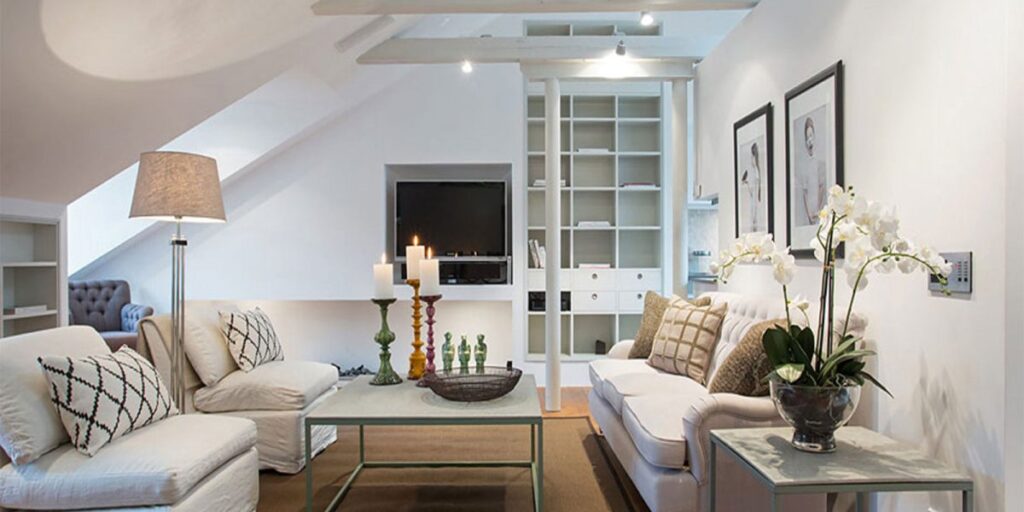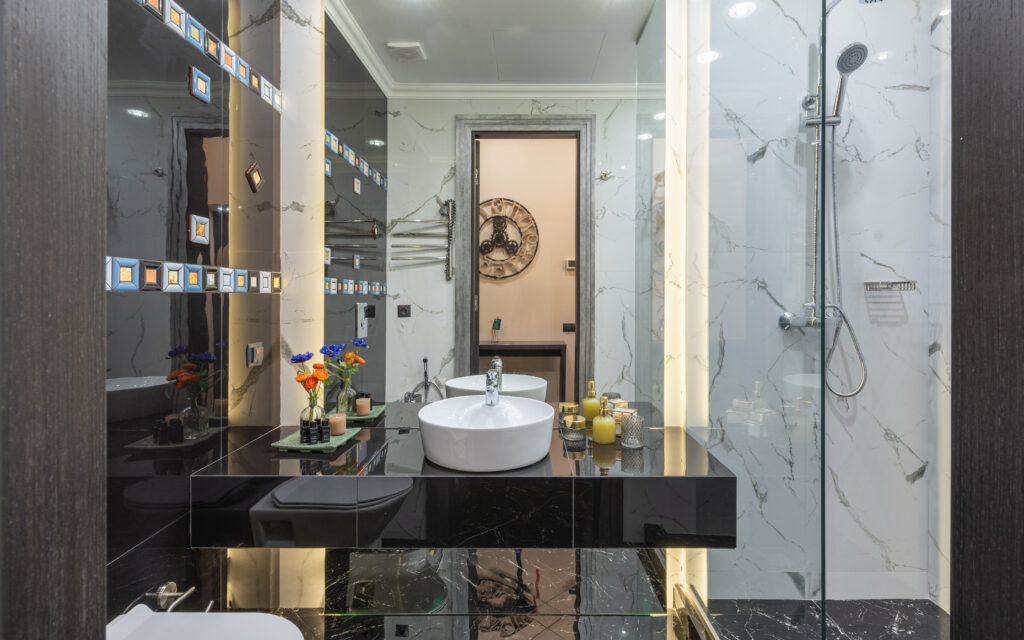In a diverse and dynamic city like Chicago, it’s important to ensure that our homes are designed to accommodate the needs of all individuals, regardless of age or ability. Universal design principles focus on creating spaces that are accessible, functional, and safe for everyone. Whether you’re planning a new construction or remodeling an existing home, incorporating universal design elements can enhance comfort and improve the quality of life for all residents. In this article, we will explore the concept of universal design and discuss practical ways to make homes in Chicago more accessible and inclusive.
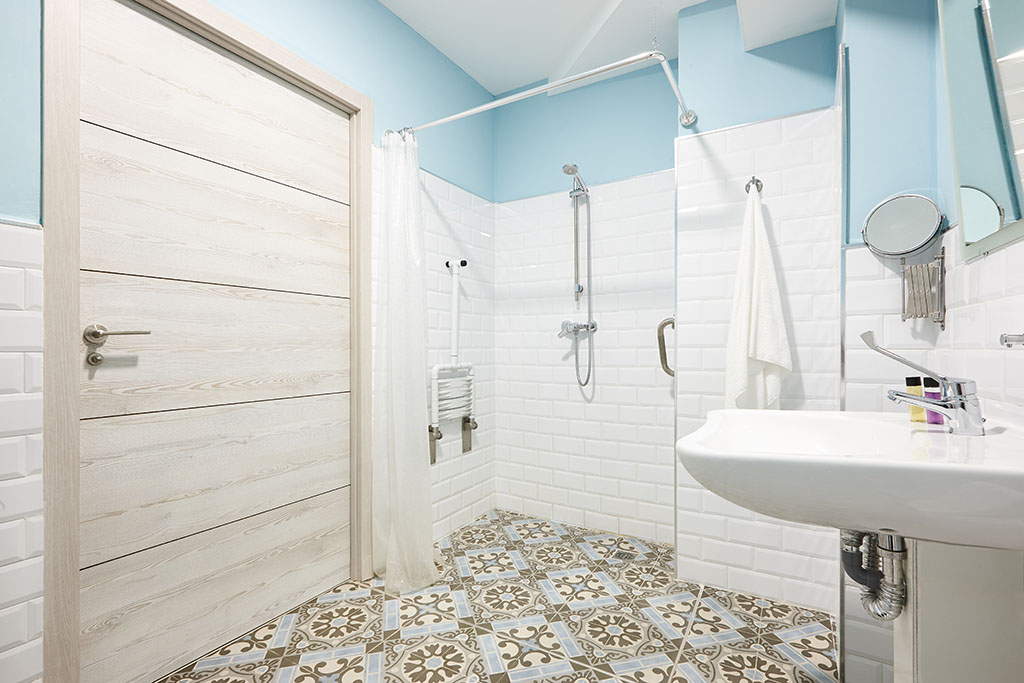
Entrance and Pathways in Chicago Homes
Start by ensuring that your home has a step-free entrance, preferably with a ramp or a gradual slope. Widening doorways and hallways will allow for easy maneuvering of mobility aids such as wheelchairs and walkers. Additionally, consider using non-slip flooring materials and providing adequate lighting along pathways to improve safety and prevent accidents.
Accessible Bathrooms
Bathrooms can be potential areas of difficulty for individuals with mobility challenges. Install grab bars near toilets and in shower areas to provide stability and support. Consider replacing traditional bathtubs with walk-in showers to eliminate the need for stepping over high barriers. Adjusting the height of sinks and incorporating lever-style faucets can also make a significant difference in accessibility.
Kitchen Modifications
The kitchen is often the heart of the home, and making it accessible for all residents is crucial. Lowering countertops and providing knee space under sinks allow individuals who use wheelchairs to comfortably prepare meals and clean up. Installing pull-out shelves and drawers in cabinets can also improve accessibility and ease of use.
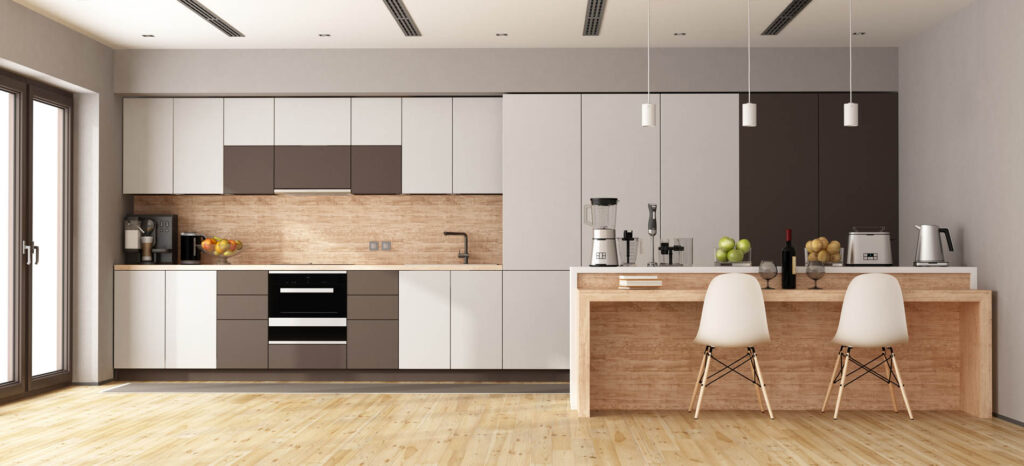
Flooring and Lighting
Choose flooring materials that are slip-resistant and provide a smooth surface for mobility aids. Avoid using rugs or ensure they are securely fastened to prevent tripping hazards. Adequate lighting is essential throughout the home, particularly in stairways, hallways, and task areas. Incorporate adjustable lighting fixtures and consider adding motion-sensor lights for convenience and safety.
Lever Handles and Touchless Technology
Making your living or working space more accessible is a thoughtful and practical choice, and it can significantly improve the quality of life for those with limited hand dexterity. A simple yet impactful change is to replace traditional doorknobs with lever handles. Here’s why it matters:
- Accessibility: Think about those times when opening a door was a struggle – whether due to arthritis, muscle weakness, or simply carrying a load of groceries. Lever handles make life easier for everyone by allowing you to push down or up instead of twisting a knob. It’s a small change with a big impact on accessibility.
- Universal Design: Choosing lever handles aligns with the concept of universal design. The idea here is to create spaces and products that work for people of all ages and abilities. With lever handles, you’re ensuring that your doors are user-friendly for everyone.
- Safety: Beyond accessibility, lever handles also offer safety benefits. Imagine a situation where your hands are full or dirty, and you need to open a door. Lever handles can be operated with your elbow, forearm, or even a closed fist, reducing the risk of accidents.
- Aesthetics: Lever handles come in various styles and finishes. So you can choose options that not only improve accessibility but also complement your interior decor, whether it’s modern, classic, or something unique to your taste.
These design features not only make your space more accessible but also create a hygienic environment by reducing the need to touch surfaces that may harbor germs. Inclusive design principles ensure that your space works well for everyone, regardless of their physical abilities or health concerns. Making these changes reflects your commitment to creating a welcoming, accessible, and equitable space for all.
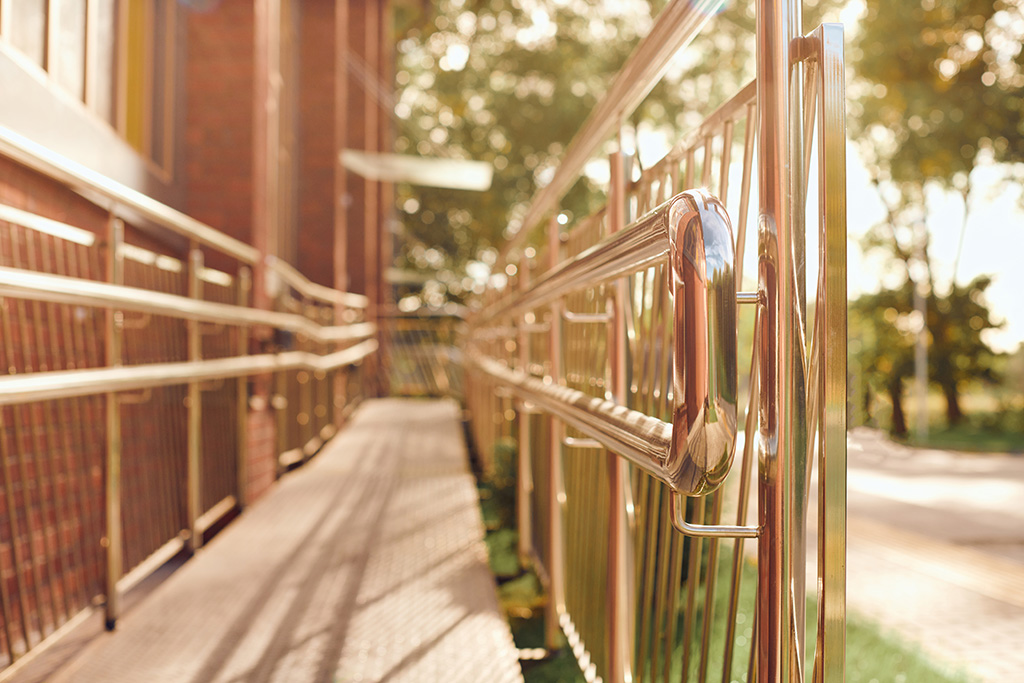
Multi-level Accessibility in Chicago Homes
Making a home with multiple levels accessible to individuals with mobility challenges is a crucial step to ensure that every area of the home can be enjoyed and utilized by everyone. Here’s why the installation of ramps or chairlifts:
- Accessibility: Ramps are a quintessential example of universal design. They provide a means of access for individuals who use mobility aids such as wheelchairs, walkers, or scooters. However, their utility extends beyond that; they make life easier for parents with strollers, people carrying heavy loads, and even those with temporary injuries or limitations.
- Safety: Ramps offer a safer alternative to stairs, reducing the risk of accidents, especially in wet or icy conditions. They also promote independence for individuals with mobility challenges. Rather than relying on assistance, they can move between levels of their home with autonomy and dignity.
- Convenience: Chairlifts, also known as stairlifts, are an excellent solution for homes with multiple levels. They are particularly beneficial when space limitations make installing a ramp impractical. Chairlifts provide a smooth, seated ascent and descent along a staircase, making every level of your home accessible.
- Quality of Life: Installing ramps or chairlifts sends a powerful message of inclusivity. It communicates that your home is a welcoming space for everyone, regardless of their mobility. This is not just a matter of practicality; it’s about fostering a sense of belonging for all who enter your home.
In conclusion, installing ramps or chairlifts in a home with multiple levels is a thoughtful investment that significantly enhances the quality of life for individuals with mobility challenges. It ensures that every corner of your home remains accessible and usable, promoting safety, autonomy, and inclusivity. These modifications not only cater to current needs but also allow for a more comfortable and accommodating living environment in the years to come.
Consult with Chicago Homes Accessibility Experts
To ensure that your home is truly inclusive and meets the unique needs of your household, consult with accessibility experts or occupational therapists who specialize in universal design. They can provide valuable insights and recommendations specific to your home and the individuals who will be using it.
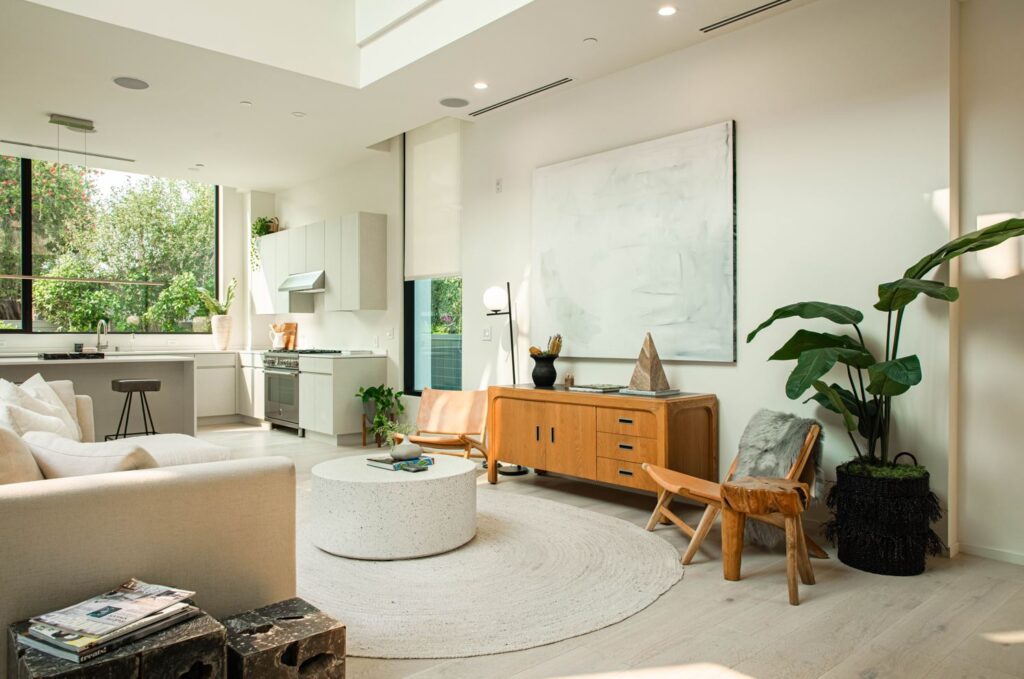
By incorporating universal design principles into your Chicago home, you can create a space that promotes accessibility, safety, and independence for all residents. From modifying entrances to implementing accessible bathrooms and kitchens, each step toward universal design brings us closer to a more inclusive and accommodating city for individuals of all ages and abilities. Embracing universal design not only enhances the value of your home but also fosters a sense of community and belonging for all.
Contact Superior Pad Remodeling today, and let us help you make your home inclusive!


